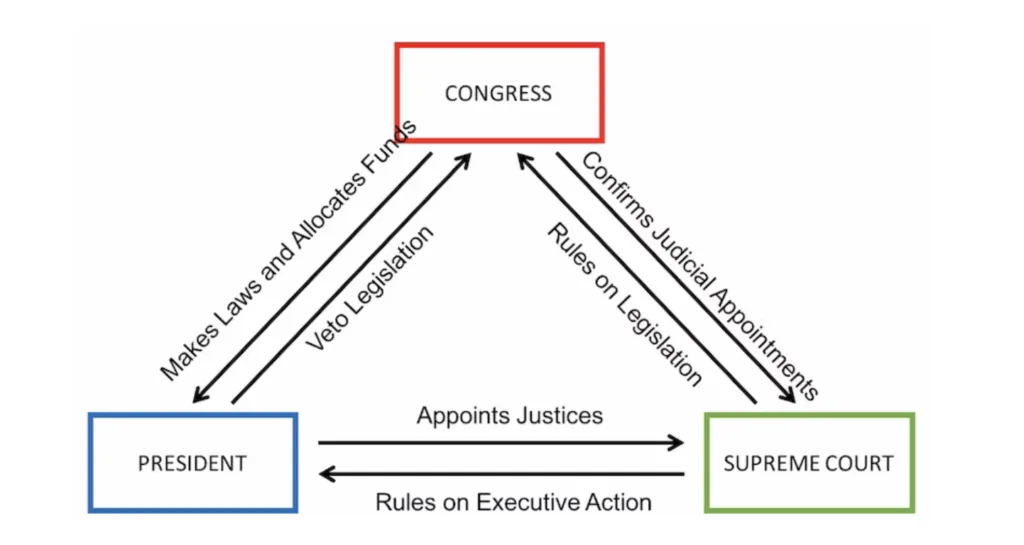How Can I Use the Use of Storytelling to Create a Sense of Identity in My Calls-to-Action?
Storytelling is a powerful tool that can significantly enhance the effectiveness of your calls-to-action (CTAs) by creating a strong sense of identity. By weaving a compelling narrative that resonates with your audience's values, experiences, and aspirations, you can make your CTAs more relatable and engaging. This approach allows your audience to see themselves as part of the story, encouraging them to take action because they identify with the message. Whether it's through sharing success stories, using relatable characters, or crafting a journey that mirrors your audience's own, storytelling in CTAs helps build an emotional connection that drives conversions and fosters brand loyalty.
Storytelling has emerged as a powerful tool in marketing, transforming how brands engage with their audiences. By weaving narratives into calls-to-action, businesses can create a compelling sense of identity that resonates with their target market. This article explores how storytelling enhances calls-to-action, fostering a deeper connection with customers and encouraging desired behaviors.
Understanding Storytelling in Marketing
Storytelling in marketing involves conveying a message through a narrative that captivates and engages the audience. This approach goes beyond traditional marketing tactics, focusing on emotional connection rather than mere transactions. Stories allow brands to express their values, mission, and personality, creating a memorable experience for potential customers.
The Role of Identity in Marketing
Identity plays a crucial role in how customers perceive brands. A strong brand identity establishes trust and loyalty, influencing purchasing decisions. When brands tell stories that align with their values and resonate with their audience, they cultivate a sense of belonging among consumers. This emotional connection can significantly impact customer engagement and drive conversions.
Creating Relatable Narratives
To effectively use storytelling in calls-to-action, it is essential to create relatable narratives. Understanding your target audience is the first step in crafting stories that resonate. Consider their challenges, aspirations, and values. By aligning your narrative with their experiences, you foster a connection that encourages action.
Identifying Your Audience
Conduct thorough research to identify your audience’s demographics, interests, and pain points. Create buyer personas that encapsulate the characteristics of your ideal customers. This understanding will guide the development of relatable narratives that speak directly to your audience's identity.
Crafting Authentic Stories
Authenticity is key to effective storytelling. Share real stories that reflect the experiences of your brand and its customers. These narratives should be genuine and relatable, highlighting shared values and emotions. When audiences see themselves in your stories, they are more likely to respond positively to your calls-to-action.
Integrating Storytelling into Calls-to-Action
Once you have a compelling narrative, the next step is integrating it into your calls-to-action. This requires creativity and strategic thinking. Here are several techniques to effectively weave storytelling into your calls-to-action.
Using Emotional Appeal
Emotions drive decision-making. By tapping into the emotional aspects of your narrative, you can create a sense of urgency and motivate your audience to take action. For example, if your brand supports a cause, share a story that illustrates the impact of your work. Conclude with a call-to-action that invites your audience to join your mission, fostering a sense of shared identity.
Creating a Sense of Community
Storytelling can foster a sense of community among your audience. By sharing stories that highlight collective experiences or challenges, you encourage customers to feel part of something larger. This sense of belonging can be reinforced through calls-to-action that invite users to engage with your brand, whether by joining a newsletter, participating in a social media campaign, or sharing their own stories.
Building a Narrative Arc
Every compelling story has a narrative arc that captures the audience's attention and leads to a resolution. Apply this concept to your calls-to-action by creating a mini-narrative within your messaging. Introduce a problem, present your solution, and invite the audience to take action. This structure not only makes your message more engaging but also helps the audience understand the value of your offering.
Utilizing Visual Storytelling
Visual elements can enhance storytelling by adding depth and context to your calls-to-action. Images, videos, and infographics can convey emotions and narratives in a way that text alone cannot. Consider using visuals that complement your story and reinforce your brand identity.
Crafting Compelling Visuals
Invest in high-quality visuals that align with your narrative. Use images that evoke emotions, convey your brand's values, and resonate with your audience. Videos can be particularly effective for storytelling, allowing you to share personal narratives, testimonials, or behind-the-scenes glimpses of your brand.
Testing and Iterating on Your Storytelling Approach
Storytelling is not a one-time effort; it requires continuous testing and iteration. Monitor the performance of your calls-to-action to understand what resonates with your audience. Analyze metrics such as click-through rates, conversion rates, and engagement levels to gauge the effectiveness of your storytelling approach.
Gathering Feedback
Encourage feedback from your audience to gain insights into how your storytelling is received. Surveys, social media interactions, and direct communication can provide valuable information on what elements resonate and what areas may need improvement.
Adapting to Audience Preferences
As your audience evolves, so should your storytelling approach. Stay attuned to shifts in preferences, values, and trends. Adapt your narratives to remain relevant and relatable, ensuring that your calls-to-action continue to resonate with your audience's identity.
Examples of Effective Storytelling in Calls-to-Action
To illustrate the power of storytelling in calls-to-action, consider successful campaigns from various brands. These examples showcase how narratives can create a sense of identity and drive engagement.
Charity Water
Charity Water, a nonprofit organization dedicated to providing clean water, effectively uses storytelling in its calls-to-action. Their website features powerful narratives about individuals impacted by their work, creating an emotional connection with potential donors. Their call-to-action invites visitors to "join the movement," fostering a sense of community and shared purpose.
Nike
Nike excels at integrating storytelling into its calls-to-action by showcasing athletes’ journeys. Their campaigns often feature personal narratives that inspire and motivate. Calls-to-action such as "Find Your Greatness" resonate deeply with audiences, encouraging them to connect their identity with the brand's message.
Common Mistakes to Avoid
While storytelling can significantly enhance calls-to-action, several common mistakes can undermine your efforts. Being aware of these pitfalls can help you create more effective narratives.
Overcomplicating the Story
Keep your narrative simple and focused. Overly complex stories can confuse or disengage your audience. Ensure that your story is concise and clearly conveys the message you want to communicate.
Neglecting the Call-to-Action
A compelling story should always lead to a clear call-to-action. Avoid leaving your audience without direction. Ensure that your calls-to-action are prominent and clearly convey the next steps.
Ignoring Audience Feedback
Failing to listen to your audience can hinder your storytelling efforts. Regularly gather feedback and be open to adapting your narratives based on what resonates with your audience. This responsiveness will strengthen your connection with customers and improve your calls-to-action.
Storytelling is a powerful strategy for creating a sense of identity in calls-to-action. By crafting relatable narratives that resonate with your audience's values and experiences, you can foster deeper connections and encourage desired behaviors. Integrating storytelling into your marketing efforts requires authenticity, emotional appeal, and a commitment to understanding your audience.
As you continue to refine your approach, remain open to testing and iterating on your storytelling techniques. By embracing storytelling, you can elevate your calls-to-action, enhance brand engagement, and ultimately drive conversions.
FAQs
How can storytelling enhance calls-to-action?
Storytelling enhances calls-to-action by creating emotional connections with the audience. It helps convey the brand's values and mission, fostering a sense of identity and encouraging desired actions.
What makes a story relatable to the audience?
A relatable story reflects the audience's experiences, challenges, and aspirations. Understanding your target audience and aligning your narrative with their values helps create relatable stories.
Why is authenticity important in storytelling?
Authenticity is crucial in storytelling because it builds trust and credibility with the audience. Genuine stories resonate more deeply and encourage positive engagement with the brand.
How can visuals support storytelling in calls-to-action?
Visuals can enhance storytelling by adding context and emotional depth. Images, videos, and infographics can convey narratives more effectively than text alone, reinforcing the message of the call-to-action.
What should I do if my storytelling approach isn’t resonating with the audience?
If your storytelling approach isn’t resonating, gather feedback from your audience to identify areas for improvement. Be open to adapting your narratives based on audience preferences and current trends.
Get in Touch
Website – https://www.webinfomatrix.com
Mobile - +91 9212306116
Whatsapp – https://call.whatsapp.com/voice/9rqVJyqSNMhpdFkKPZGYKj
Skype – shalabh.mishra
Telegram – shalabhmishra
Email - info@webinfomatrix.com
What's Your Reaction?




















